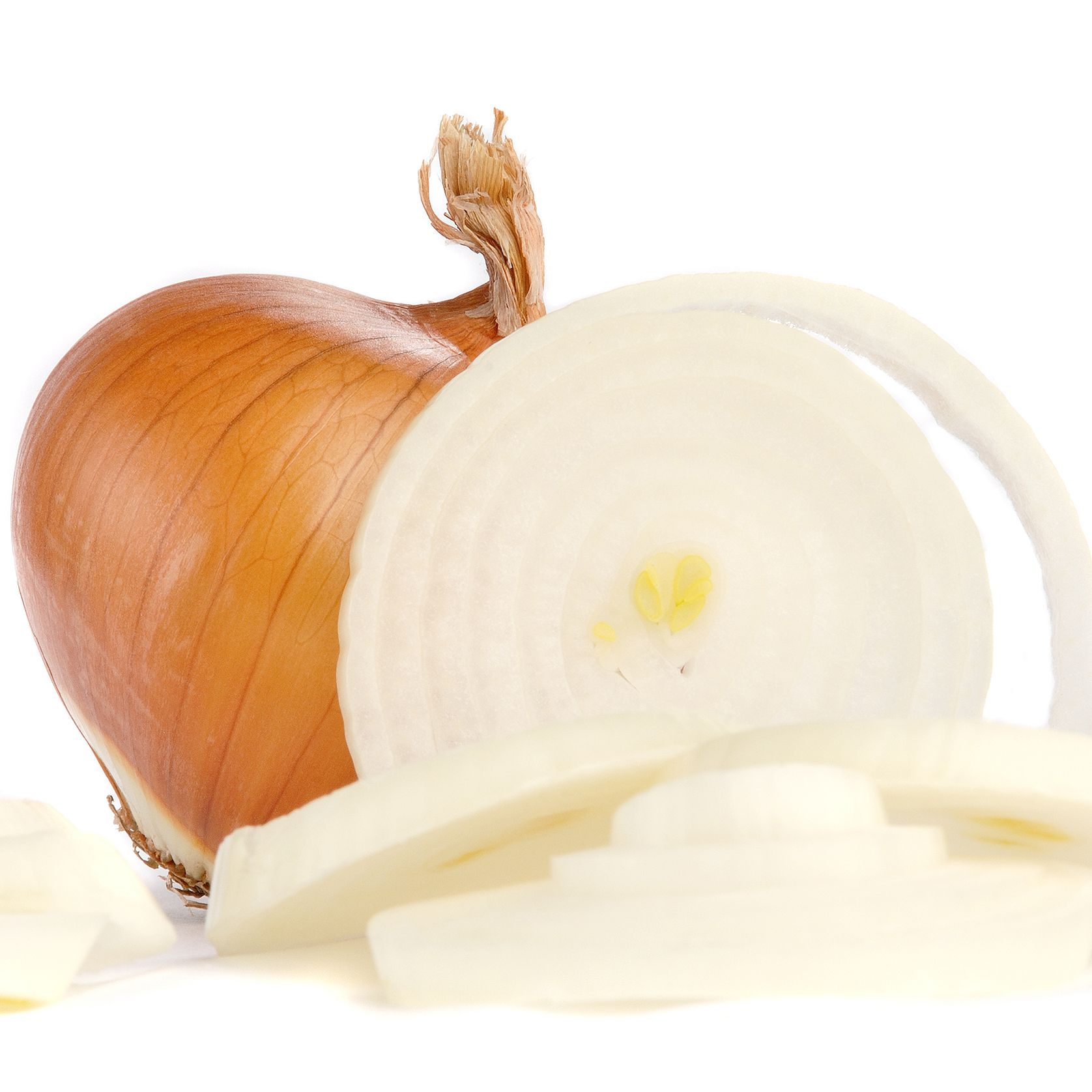Using Onion in Indian Cooking
The onion is an absolute essential for the kitchen and is probably the worlds most used ingredient. They come in different sizes and shapes but they all have and protective papery outer layer and then crisp usually white flesh inside. The skin is always removed (apart from when I make stock or gravy) leaving the layers to be used. Onions can be cooked in many different ways from chopped to create a sauce right through to roasted as a vegetable and everything in-between.
Once cut the onion cells are damaged which causes a chemical reaction resulting in a gas being released from the vegetable that causes and eye irritation. We react by releasing tears to dilute the gas which is why you cry when you chop onions. The more often you chop onions the amount of eye irritation you experience reduces.
Different onions have different pungencies:
Yellow
Tend to be hot and pungent.
Salad onions
small and white with a long green stem that is used as well
Brown onions
smaller then the yellow ones and more pungent perfect for cooking
Spanish onions
Biggest of all of them with a brown skin, these are mild and sweet so great for salads
Red onion
Dark purple skin with a beautiful white and purple flesh. Great for salsa and in salads.
Indian Cooking
These form the basis of most Indian sauces and in India onions tend to have a slightly pink tinge in colour and are lighter in flavour. For my cooking I always use brown onions and Indian cooking is all about creating a great masala base which is why the onions are so important.
My general rule is that for a meat dish cook your onions to a deep dark brown to give you an intense sauce which can take 20-30 minutes. For vegetables, fish and lentil dishes I fry the onions until they are a light golden brown colour (about 15 minutes) which leaves the sauce much lighter and allows the ingredients to speak for themselves. I always fry initially on a high heat to drive off any liquid and then cook them gently so they caramelised to a dark brown colour.
Back to Cooking guides

Comments